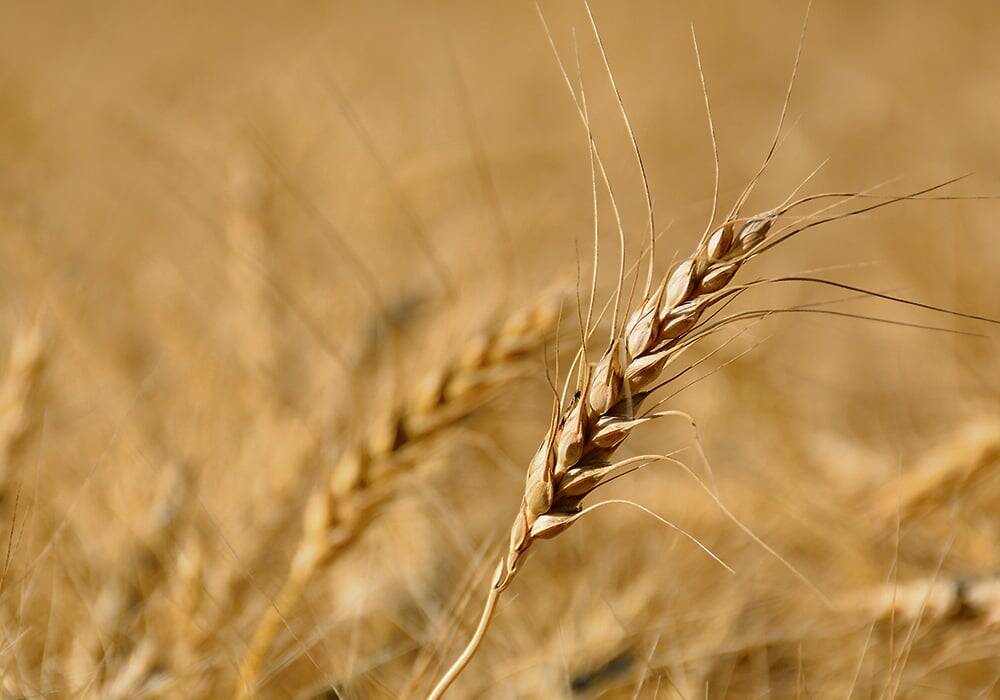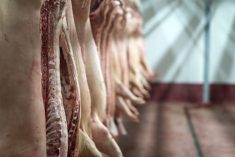Western Canadian feeder cattle prices continue to consolidate trading steady to $2 per hundredweight (cwt) lower depending on the region. Fed cattle prices were up $2/cwt on average, which was supportive for heavier replacement cattle but feedlot margins continue to hover in red ink.
There is no shortage of beef, as the U.S. Department of Agriculture’s cold storage report showed beef stocks as of Oct. 31 up two per cent over last year. Canadian triple A wholesale prices are approximately $10/cwt below year-ago levels; the Canadian slaughter pace for the week ending Nov. 17 was just over 46,000 head, down 10,000 head in comparison to the same week in 2011.
Read Also

Prairie CWRS bids rise, other wheats mixed
Canada Western Red Spring (CWRS) wheat bids across the Prairie provinces saw some strength during the week ended Nov. 11, taking some direction from the United States futures. However, other wheat classes were mixed.
The overall environment is somewhat lethargic in the short term, but there is optimism moving forward as April live cattle futures jumped $3 on the week, testing historical highs near $137.
Alberta packers bought fed cattle in the range of $114-$116/cwt, up $2/cwt from seven days earlier. A small group of black Angus-cross steers weighing 371 pounds sold for $200/cwt in east-central Alberta. Larger-frame medium-flesh silver steers weighing just over 550 lbs. sold for $153/cwt at the same sale. Charolais-cross steers looking fairly green weighing 835 lbs. were quoted at $136/cwt landed in a southern Alberta feedlot.
Looking forward, the futures market appears to be incorporating a risk premium due to the uncertainty in cattle supplies for the March-through-May timeframe. However, there is a standoff between tight supplies and limited consumer income. Beef demand is waning, with ground beef prices at historical highs on the retail shelf; pork and beef stocks are above year-ago levels.
I believe this feeder market will be rather stagnant until the New Year and then we could see higher levels in late winter. The feeder market is expected to slowly trend higher from January through April 2013.














